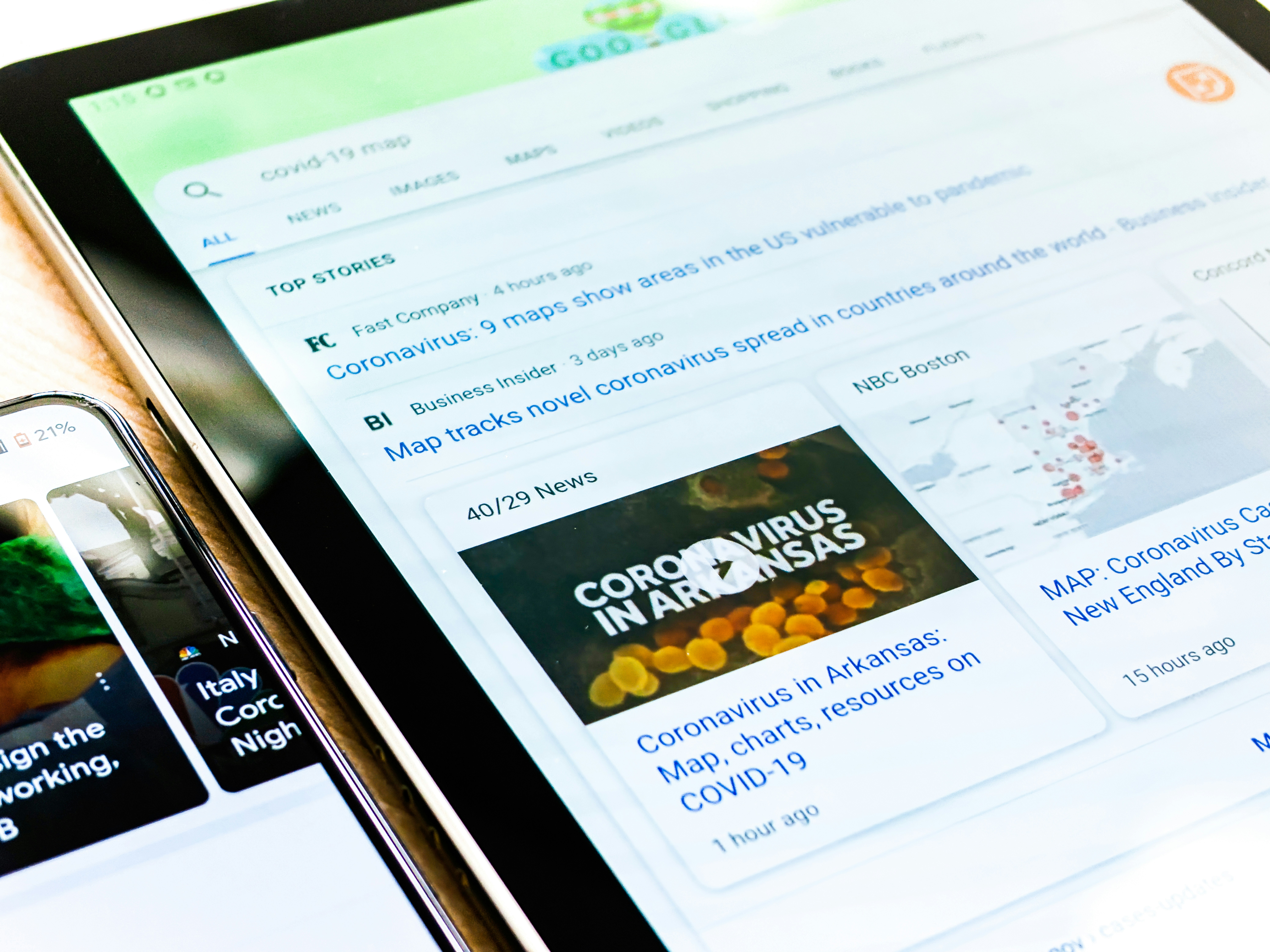The power Of Gold In Germany

Banks will still be capable to alternate previous currency for brand new forex until roughly 2012. This political motivation started when the idea of the European Union and a single foreign money was first conceived. Germany’s first forex was referred to as the Mark and was the only foreign money within the country from 1873 until 1914. It was primarily based on the worth of gold price today. With a single forex, it is much less cumbersome for people to cross into the subsequent nation to work, because their salary is paid in the same forex they use in their very own country. Increased cross-border employment - Not only can enterprise be conducted throughout borders more easily, however persons are extra simply employable throughout borders. As people began to seek out it more handy to easily change the receipts directly, amongst themselves, as fee, they grew to become a broadly accepted type of foreign money. Stage three started on January 1, 1999, with the establishment of "irrevocably fixed exchange rates" of the currencies of the present eleven member states. Stage two started on January 1, 1994, and marked the establishment of the European Monetary Institute (EMI).
The EMI was chargeable for coordinating the monetary policy and strengthening the cooperation of the central banks, in addition to making preparations for the establishment of the European System of Central Banks, which included the one financial policy and single foreign money. Rather than having to set up separate accounting techniques, banks, etc. for transactions in international locations apart from their native one, the euro makes it simple to operate from a single central accounting workplace and use a single bank. Its job is to make sure that the European System of Central Banks (ESCB) implemented the changeover required by the euro statutes and generally carries out its duties. Structural reform for European economies - The participation requirements of the euro pushed many EU member states who wished to participate to get their economies in shape and improve their economic growth. Member states can not run a finances deficit that is greater than 3.0 % of the GDP. This refers to the basket currency that was made up of the weighted worth of every of the 12 member states' national currencies as of the signing of the Maastricht Treaty in February 1992. The ECU was changed by the euro on January 1, 1999. The preliminary worth of the euro was 1-to-1 with the ECU.
Lower curiosity fee - Because of the decreased exchange-price risk, the euro encourages lower curiosity charges. The calculation of the exchange charges followed the common each day concertation process, which used the consultant exchange rate for each nation's forex against the U.S. The common nominal lengthy-term interest fee have to be within 2 percent of the common charge in the three nations with the lowest inflation rates. Those rates were established in January 1999, and are "irrevocably fixed." The conversion was primarily based on the prevailing foreign money so that the euro is solely an expression of the earlier national forex. The conversion charges have been "irrevocably mounted," and the euro formally "existed." At that point, the euro may very well be used for non-cash transactions, corresponding to making digital payments, writing checks, or credit score transactions. For more particulars on the occasions occurring between 1957 and 1989, see the More Euro History section. After many false starts, the process of creating the Euro acquired its actual begin in 1989, when the Delors Report was revealed by Jacques Delors, president of the European Commission. In December 1995, the European Heads of State or Government at the European Council meeting in Madrid voted on the title "euro" for the only foreign money of the European Monetary Union.
Should you cherished this post along with you would like to receive more details with regards to أسعار الذهب اليوم generously pay a visit to our own site.